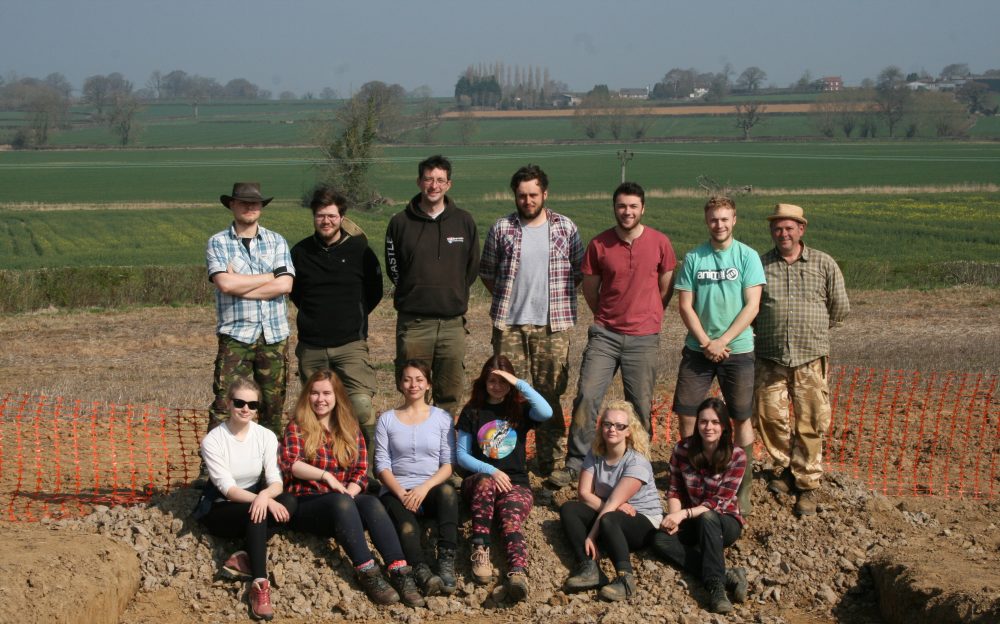Post-excavation analysis of last year’s finds is proceeding apace and we’re able to share a few of the results.
Kevin Rielly over at PCA has assessed our small assemblage of animal bones and in common with many Romano-British sites the inhabitants were exploiting sheep, cattle and pigs. They also had access to mallard (ducks), doves, and chickens. Less welcome visitors to the villa were mice, voles and crows. There’s a little bit of fish bone too. All of this is really interesting as its the kind of evidence that Hayward and his team weren’t able to collect.

Sheep bones under excavation (above)
We’ve also had Dr Jessica Winder look at the marine mollusc shells. It’s a small assemblage but she thinks the oysters, some shells showing of parasitic infestations, may have come from the Poole Harbour region. One or two of our oysters who notches where they were opened by hungry Romano-Britons. Other marine shells include mussels and winkles. This is fascinating as Lufton is quite a long way from the sea!.

An oyster showing signs of infestation by Polydora ciliata (above)

Oysters opened by hungry Romans!
Finally, James Langthorne (also of PCA) has identified some neonatal infant bones. This was a bit of a shock to James and Andy but they are probably from a disturbed baby burial. Infants were often buried in the floors of Roman houses and we think that the burial had been disturbed either by the previous excavators or in antiquity by stone robbers. Further work might shed some light on this issue.






